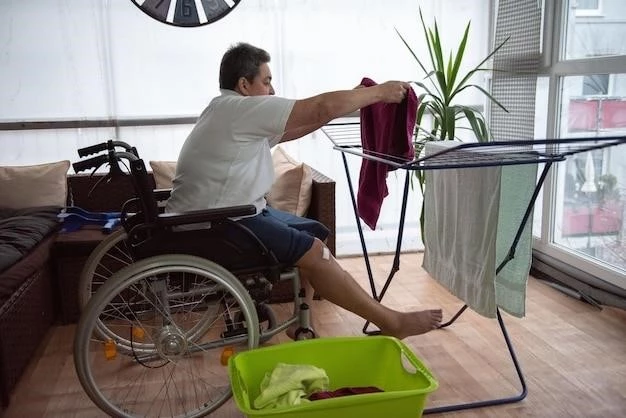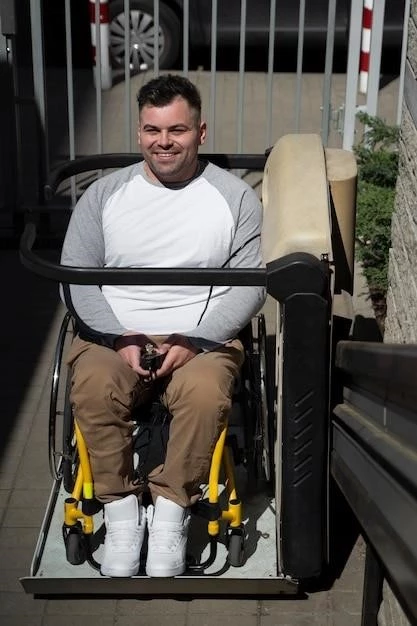Introduction to Spastic Paraplegia Type 5A
Disease⁚ Spastic paraplegia type 5A, recessive
Spastic paraplegia type 5A, an autosomal recessive neurologic disorder, is characterized by muscle stiffness and lower limb weakness. This condition falls under the umbrella of hereditary spastic paraplegias, which encompass a group of genetic disorders affecting the spinal cord neurons. The pure or complex phenotypes of SPG5A involve progressive spastic paraplegia with varying additional symptoms, highlighting the heterogeneous nature of hereditary spastic paraplegias.
Overview of Hereditary Spastic Paraplegias
SPG5A is an autosomal recessive neurologic disorder characterized by muscle stiffness n lower limb weakness, part of the broader group of hereditary spastic paraplegias affecting spinal cord neurons. The condition’s spectrum includes pure n complex forms, highlighting its genetic complexity.
CYP7B1 Gene Mutations
Spastic Paraplegia Type 5A (SPG5A) results from recessive mutations in the CYP7B1 gene, which encodes oxysterol-7α-hydroxylase important in the degradation processes. Understanding these genetic alterations is crucial for diagnosis and potential targeted treatment strategies.
Clinical Presentation of Autosomal Recessive Spastic Paraplegia Type 5A
SPG5A presents differently, with some having pure spastic paraplegia while others exhibit a complex phenotype including bladder issues and pes cavus.
Pure Phenotype vs. Complex Presentation
Autosomal recessive spastic paraplegia type 5A can manifest as either a pure phenotype featuring progressive spastic paraplegia of the lower extremities or a complex presentation with additional symptoms like bladder dysfunction and pes cavus. Understanding these different clinical expressions is crucial for accurate diagnosis and tailored management strategies.
Diagnosis and Testing for SPG5A
Genetic testing is essential to identify the autosomal recessive SPG5A. Understanding CYP7B1 gene mutations aids in accurate diagnosis and potential treatment strategies.
Genetic Testing for Autosomal Recessive SPG5A
Genetic testing is crucial in diagnosing autosomal recessive SPG5A. Identifying mutations in the CYP7B1 gene through genetic analysis is key for confirming the presence of this specific form of spastic paraplegia and guiding treatment decisions. Consultation with a genetic counselor can provide valuable insights into the testing process and its implications.

Management and Treatment Approaches
Therapeutic strategies aim to address symptoms of SPG5A٫ such as muscle stiffness and weakness. Consult healthcare providers for personalized treatment plans.
Therapeutic Strategies for Spastic Paraplegia Type 5A
Management of SPG5A involves a multidisciplinary approach targeting symptom relief and enhancing quality of life. Therapeutic options such as physical therapy, assistive devices, and medications can help manage spasticity and improve mobility. Consultation with healthcare professionals specializing in neurology and rehabilitation is crucial for developing personalized treatment plans tailored to individual needs.
Prognosis and Outlook for Individuals with SPG5A
Understanding the long-term prognosis of SPG5A and considering quality of life aspects are essential for individuals affected by this condition. Consult healthcare providers for comprehensive support.
Long-Term Prognosis and Quality of Life Considerations
Understanding the long-term outlook for individuals with SPG5A is crucial in guiding treatment decisions and planning for care needs. Quality of life considerations are essential for maintaining well-being and ensuring comprehensive support for both patients and their families. Accessing support resources and involving healthcare providers specializing in the management of hereditary spastic paraplegias can significantly impact the overall prognosis and quality of life of individuals living with SPG5A.
Research and Advancements in SPG5A
Stay informed about the latest studies and future directions in understanding and managing spastic paraplegia type 5A. Research is key to advancing treatment options and improving patient outcomes.
Current Studies and Future Directions in Spastic Paraplegia Type 5A
Ongoing research aims to deepen the understanding of SPG5A’s genetic underpinnings and clinical manifestations, paving the way for innovative treatment strategies. Keeping abreast of current studies and future developments is crucial for advancing care for individuals affected by this condition.

Support Resources for Patients and Families
Access organizations and communities specializing in hereditary spastic paraplegias for valuable support and resources tailored to individuals and families affected by SPG5A. Seek assistance and guidance to navigate challenges and find a supportive network.
Organizations and Communities for Individuals with Hereditary Spastic Paraplegias
Explore organizations and communities dedicated to supporting individuals and families affected by hereditary spastic paraplegias like SPG5A. These resources offer valuable assistance, information, and a supportive network to navigate the challenges associated with the condition. Connecting with these support networks can provide emotional support, information sharing, and access to relevant services for improved quality of life.
